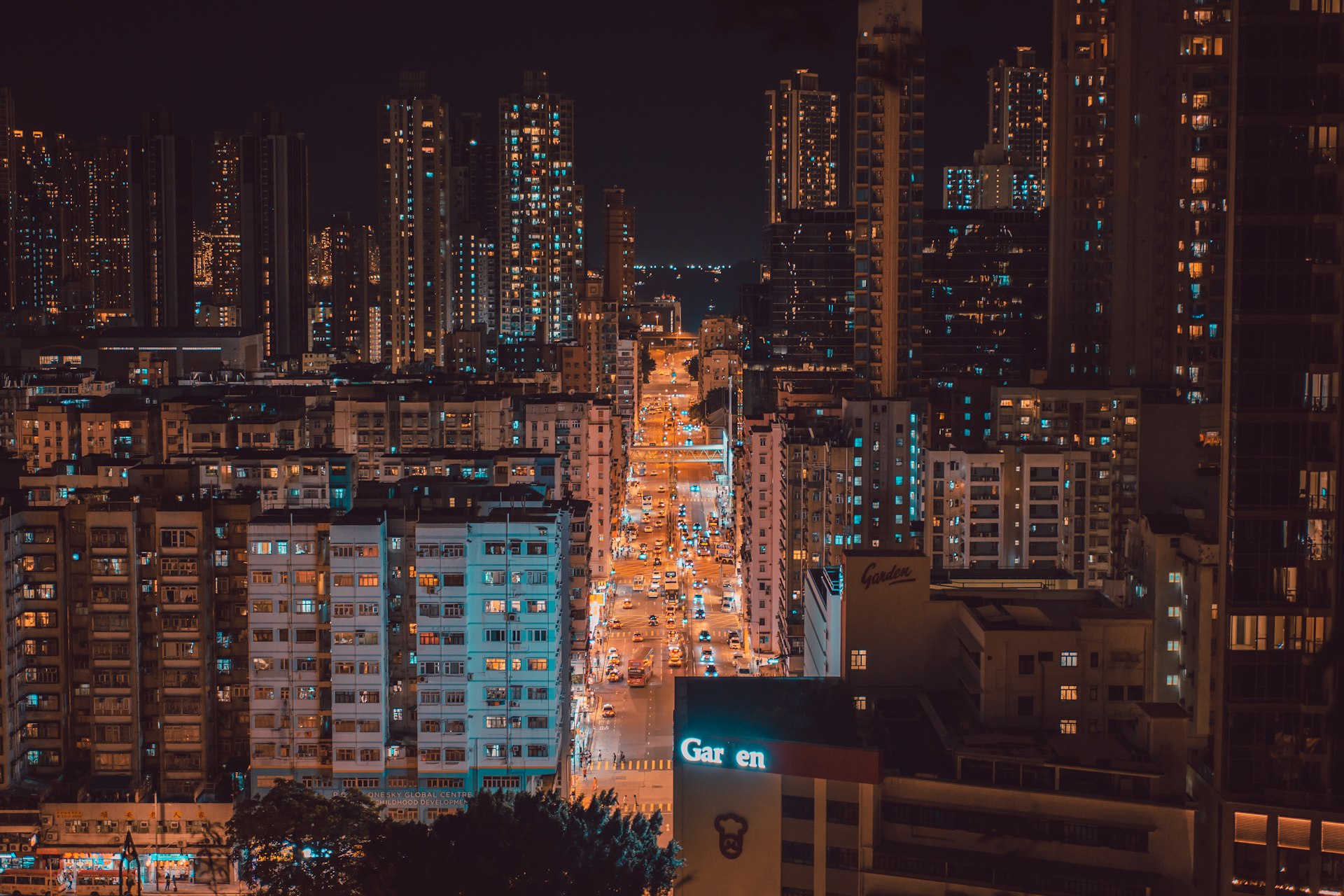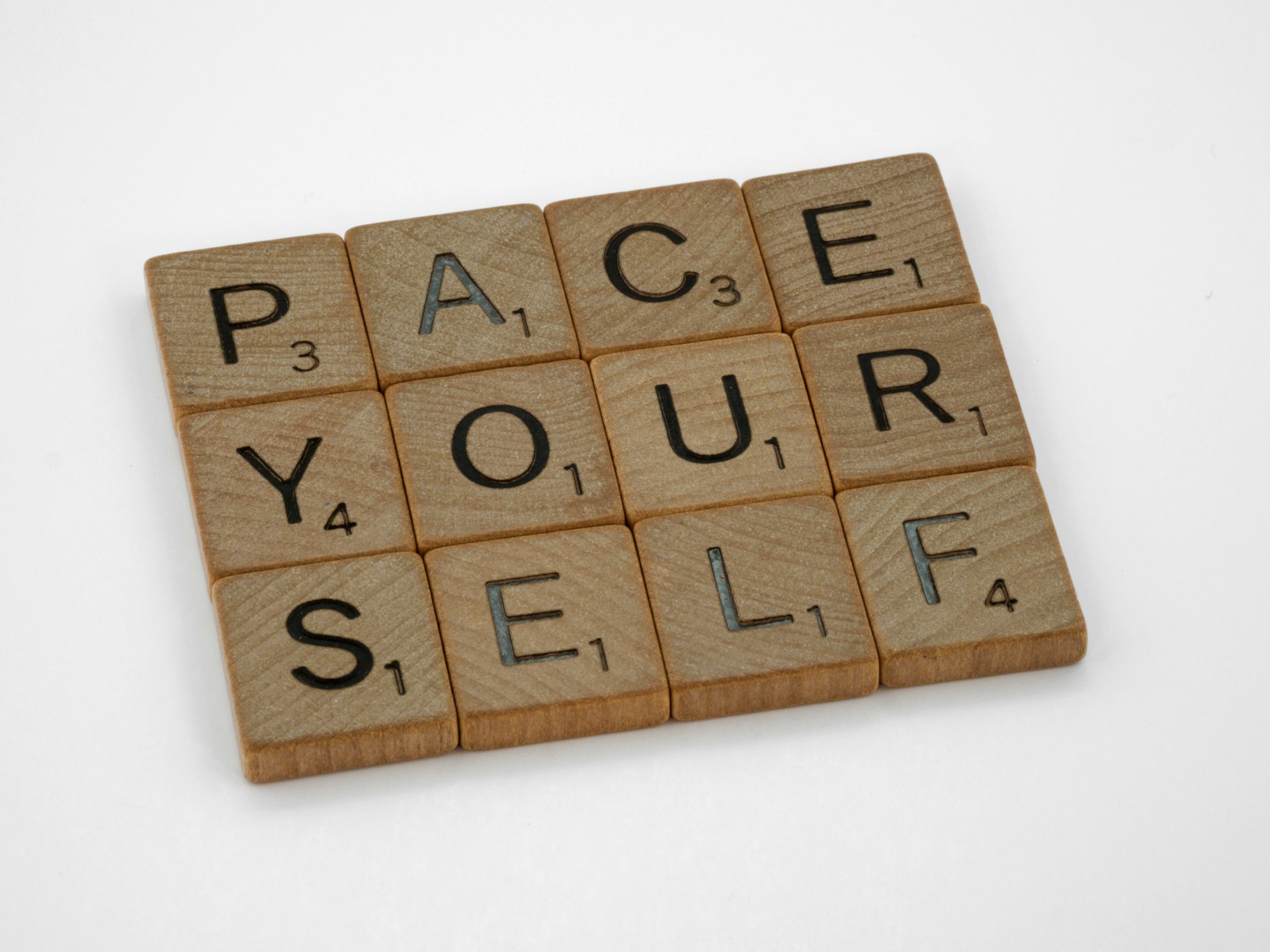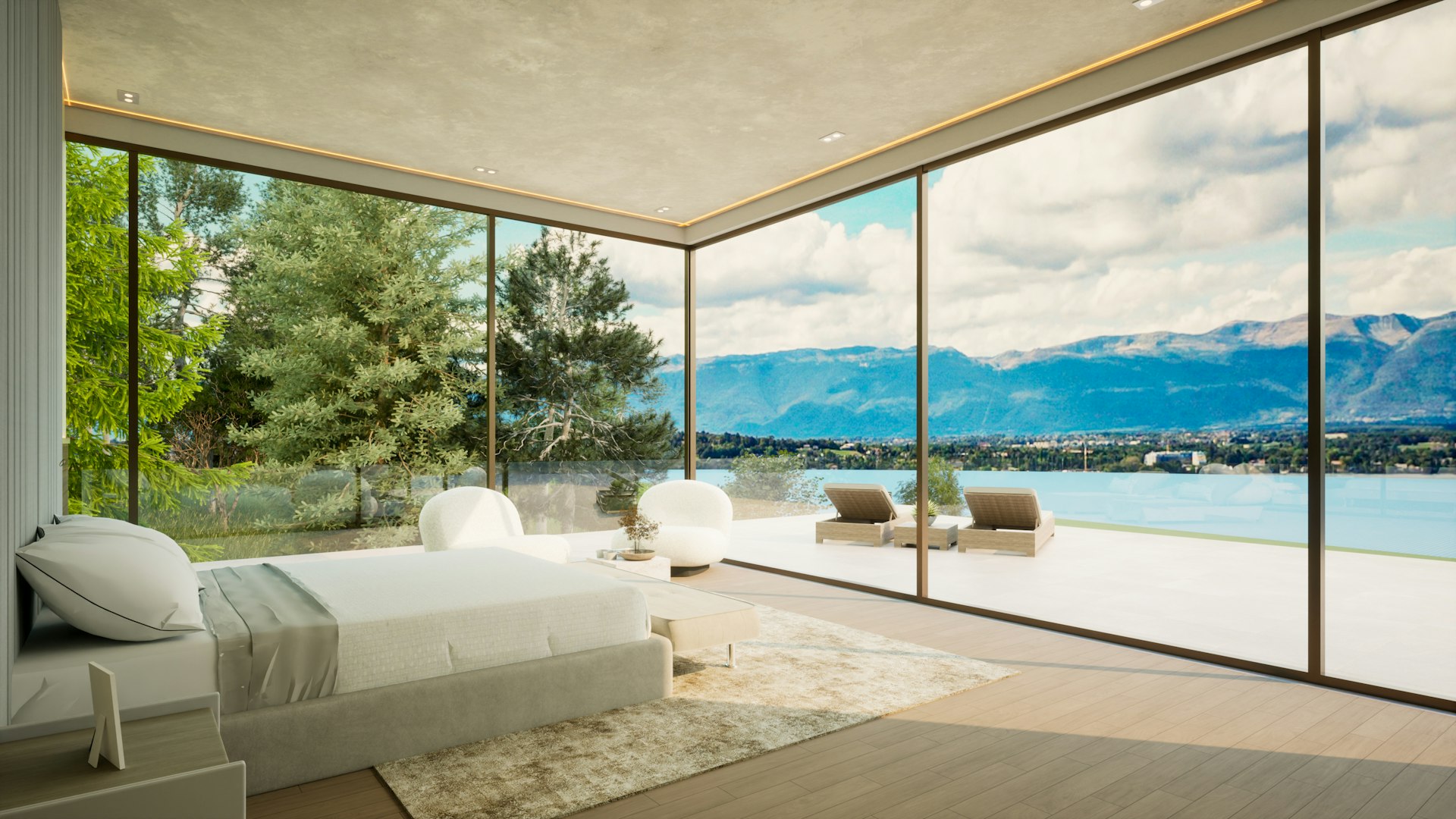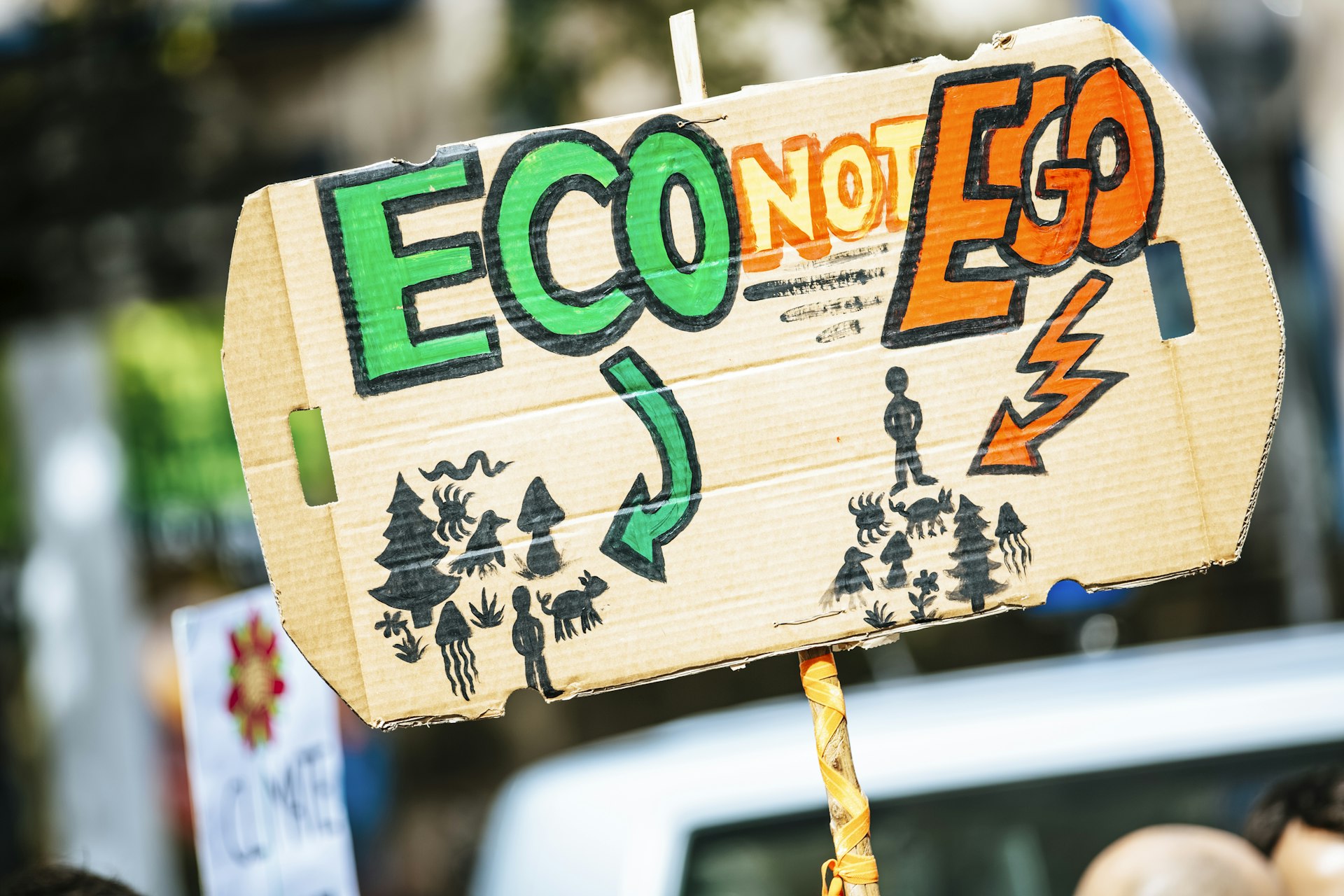Urban Sustainability Lifestyle Trends: Shaping a Greener City Future

Photo by Roman on Unsplash
Introduction: The Urban Sustainability Revolution
As city populations continue to surge, the way we live, work, and interact with our environments is rapidly evolving. Urban sustainability lifestyle trends are no longer niche concepts; they are mainstream priorities driving innovation, wellness, and environmental responsibility in modern cities. The latest research and real-world examples show that sustainable living isn’t just about reducing carbon footprints-it’s about reimagining every facet of urban life to support people, planet, and prosperity. [2] From green buildings to wellness-driven design and circular economies, these trends offer actionable pathways to a more resilient and fulfilling urban experience.
Zero-Carbon Buildings: The Foundation of Sustainable Urban Living
One of the most impactful trends in urban sustainability is the rise of zero-carbon buildings . These structures are designed to generate as much energy as they consume, primarily through renewable sources like solar panels and geothermal systems. Innovations in insulation, energy-efficient windows, and smart climate control systems help cut energy waste and lower utility costs for residents. Over time, occupants benefit from reduced expenses and enhanced comfort, while developers see increased property values and market demand. [1]
For those interested in pursuing a zero-carbon lifestyle, you can:
- Research local incentives for solar panel installation or energy-efficient retrofits through your city or utility provider.
- Ask your building manager about planned upgrades or opportunities to participate in community renewable energy programs.
- Explore third-party certifications such as LEED or Passive House to guide your own projects or when selecting new housing.
Zero-carbon building adoption may face challenges such as higher upfront costs or lack of awareness among stakeholders. Overcoming these requires seeking out local government programs, collaborating with sustainability-focused developers, and joining neighborhood associations that advocate for green building policies.
Green Infrastructure & Nature-Based Solutions
Modern city planning increasingly recognizes the value of green spaces -from vertical gardens and rooftop parks to urban forests and rain gardens. These initiatives combat pollution, enhance biodiversity, and offer substantial mental health benefits. Cities like Amsterdam and Singapore are pioneers in integrating greenery into the urban fabric, showing measurable improvements in air quality and resident well-being. [2] [3]
To incorporate these trends into your lifestyle:
- Participate in or start a community garden; many cities offer plots in local parks or vacant lots.
- Encourage your building or employer to adopt green roofs or plant indoor greenery to improve air quality and productivity.
- Support local policies that expand public green space and invest in tree-planting programs.
Nature-based solutions also help cities manage stormwater and reduce urban heat. If you’re interested in advocating for green infrastructure, connect with city planning departments or non-profit organizations focused on urban ecology. Search for “urban greening initiatives” along with your city name to find local programs.
Resilient Public Transportation and Active Mobility
An efficient, low-carbon transit network is central to sustainable urban living. Electric buses, expanded bike lanes, and pedestrian-friendly corridors are becoming standard in leading cities. Public transportation innovations not only reduce greenhouse gas emissions but also increase accessibility and social equity. Cities like Bogotá and Copenhagen have demonstrated that prioritizing people over cars benefits everyone through less congestion and cleaner air. [1]
If you want to leverage these mobility trends:
- Check your city’s official transit website for updates on electric bus routes, bike-share programs, and pedestrian improvements.
- Consider walking or cycling for short commutes-many cities now provide safe, dedicated lanes and subsidized bike-sharing memberships.
- Advocate for inclusive transit access by joining local transportation advisory boards or participating in city council meetings.
While some areas may lack robust infrastructure, residents can organize neighborhood surveys, engage with local government, and use social media campaigns to push for improvements. Alternative approaches include carpooling, micro-mobility options like e-scooters, or telecommuting to reduce unnecessary travel.
Circular Economies: Waste to Resource
Urban sustainability increasingly revolves around the concept of the circular economy , where waste becomes a valuable input for new processes. This approach goes beyond recycling-think repurposing demolition debris in new construction, composting food scraps for urban agriculture, or capturing rainwater for irrigation. [1]
To adopt circular practices in daily life:
- Shop at zero-waste stores, which offer package-free goods and encourage reusable containers.
- Compost at home or participate in municipal composting programs-search for “community compost” in your local area.
- Support local businesses that use reclaimed materials or have take-back programs for used products.
Challenges include the need for more infrastructure and education. Residents can help by attending city workshops, sharing resources with neighbors, and advocating for local policies that support circular systems. Alternative pathways include swapping goods via community groups or exploring repair cafes to extend the life of household items.
Wellness and Biophilic Urban Design
Well-being is now at the heart of urban lifestyle trends. Biophilic design -which integrates natural elements into architecture-has been linked to reduced stress, improved productivity, and stronger community bonds. Examples include rooftop meditation gardens, indoor plant walls, and neighborhoods designed for walkability and social interaction. [3] [4]
To experience these benefits:
- Look for residential or office spaces that prioritize green design and communal wellness areas.
- Practice mindfulness in public parks or join local wellness workshops-many cities offer free or low-cost group activities.
- Create your own biophilic space with houseplants, natural light, and calming design elements.
Potential challenges include limited access to green buildings or high costs. Alternatives include joining community groups that advocate for wellness initiatives, collaborating with neighbors to create shared green spaces, or supporting local wellness events.
Remote Work, Community, and Adaptive Urban Spaces
Remote work and flexible lifestyles have reshaped urban design. Co-living and co-working spaces that blend professional, social, and recreational functions are on the rise. These shared environments maximize resource use and create a sense of belonging, countering urban isolation. [3]
To access these opportunities:
- Search online for “co-living” or “co-working” spaces in your city-many have affordable, flexible options.
- Participate in local community boards or resident associations to help shape the amenities and shared spaces in your building or neighborhood.
- Attend open houses or networking events organized by shared living spaces to connect with like-minded individuals.
Challenges include finding the right community fit or navigating varying costs. Consider visiting multiple locations before committing, reading reviews, and asking about trial stays. Some cities have dedicated agencies or non-profits that can provide guidance-search your city’s official website for “shared housing initiatives” or “community living resources.”
How to Get Started: Actionable Steps and Resources
Urban sustainability is both a personal journey and a collective movement. To begin:
- Assess your current habits-track energy use, waste, and commute patterns to identify areas for improvement.
- Connect with local sustainability groups or attend city-sponsored workshops to learn about programs and incentives.
- Advocate for policy changes by participating in community meetings or contacting your city council representative.
- Search for official resources using keywords like “urban sustainability incentives,” “green building certification,” or your city’s name plus “sustainability office.” Always use government or established non-profit websites for reliable information.
While not every city offers the same opportunities, most have some form of sustainability office, green building programs, or public health initiatives. Contact your city’s official offices directly by phone or email for tailored guidance.
References
[1] Gorilla Technology Insights (2025). Sustainable Urban Development Best Practices 2025. [2] Urban Land Institute (2025). Placemaking and Environmental Responsibility Trends. [3] Downbeach News (2025). The Future of City Living: How Urban Spaces Are Redefining Lifestyle Trends. [4] Ubertrends (2025). 10 Lifestyle-Trends Shaping Our Future in 2025. [5] EcoGreenVision (2025). Sustainable Living Trends for 2025: A Lifestyle Revolution.

Photo by Danist Soh on Unsplash
MORE FROM mumsearch.com













